I have a four-year-old son, and you wake up pretty early when there’s a kid in the house. I like to start my day with an espresso made from Blue Bottle coffee. We have a Rancilio Silvio, which is a dynamite little machine, all stainless steel. James Freeman from Blue Bottle—our sons like to play together—set up a proper grinder in our house yesterday, which was a birthday present from my wife.
I got to Incanto yesterday at 8:15 in the morning; we were in full-on Sunday brunch mode. I cured Arctic char in grappa and fennel, since wild salmon isn’t available right now, so I was slicing that and tasting away. And then there was all the other brunch stuff—the blood sausage, the Easton’s sausage, about 30 pieces of pancetta. I was tasting everything all morning.
Did I do lunch? Not really. I eat staff meals occasionally, but for me there’s never much of a sit-down-and-eat lunch. We did whole roasted lamb neck yesterday with baby fava beans, so I did eat a bunch of those, along with some house-ground whole-wheat polenta, and then I just kept grazing all afternoon. I knocked back about 14 double espressos, which is typical. Our coffee comes from Mr. Espresso, a great wood-fire roaster over in Oakland. I drank lots and lots of sparkling water (we have our own filtration system here), and I ate three hot-cross buns, which we make in-house, with strawberry jam. And then I drank a strawberry Italian soda we make here, too. Way too much sweet stuff–my gut hurts from all that shit!
Then I ate some ham with mint salsa, which we presented for lunch and dinner yesterday, some sliced leg of spring lamb, and some peas with honey and a knife. You know what that is, right? It’s from the first chapter of Winnie the Pooh:
I eat my peas with honey
I’ve done it all my life
It makes the peas taste funny
But it keeps them on the knife!
We serve them at Incanto with a honeycomb. I had a bowl of those.
Finally, at 8 o’clock, I actually sat down and ate with my family. I had two glasses of Bortolomiol, a brut Prosecco, and then I had a glass of white from Ravello on the Amalfi Coast, and I ended up having our mint malfatti, which we serve with beef brasato—beef braised with tomato, red wine, and mint stems. You fold the mint into it at the end. People don’t know this, but mint is the number-one-used herb in Italy. My son made the malfatti with Hector, my prep guy. He wanted to eat what he made. What else did I have? Not much. Oh, I had an Anchor Steam.
I didn’t get home so late last night, maybe around 10:30. Sunday is usually my family day, but I pulled a good 14 at the restaurant. I had another beer when I got home, a Lagunitas IPA. I’ve stopped eating anything super late at night. I’m going to do a 60-mile ride on my bike next week, so I’ve been trying to get back into shape.
So what did I have this morning? More Blue Bottle coffee, but this time it was from the new grinder. Pretty great. Then I took my son to school, and came to work. I’m always the first cut on our focaccia, so I had that. And two more espressos. And since I’ve been on the phone with you, I’ve tasted pickling liquid, lamb fat, and two kinds of crostini, and I’ve had a lavender-brittle-and-chocolate cookie. Manfred here called me fat and that’s why I had to let out my girdle. That’s also why you can’t hear me half the time we’re talking. I’m always chewing.
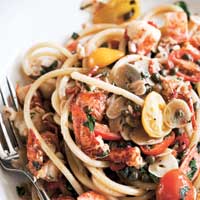
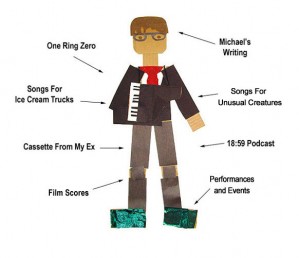
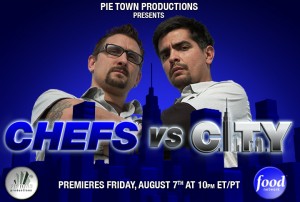

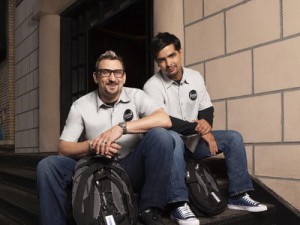

 Just back from the
Just back from the 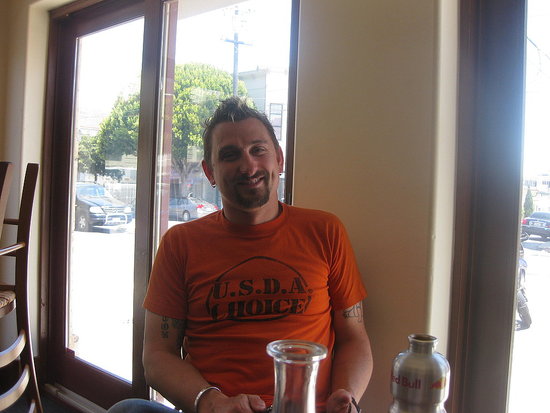 Since he competed in the
Since he competed in the 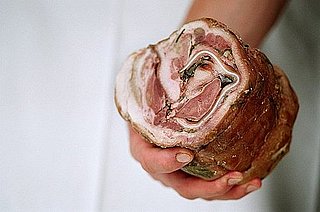 On his love affair with offal: Working in restaurants you see all the meat come in. Sure, there’s always foie gras and sweetbreads, but when I came to work here [at Incanto] I wanted to cook rustic peasant food and the basis for this type of food is using every piece of meat. Using the whole animal. I’ve started harvesting my own animals and that changes your perspective.
On his love affair with offal: Working in restaurants you see all the meat come in. Sure, there’s always foie gras and sweetbreads, but when I came to work here [at Incanto] I wanted to cook rustic peasant food and the basis for this type of food is using every piece of meat. Using the whole animal. I’ve started harvesting my own animals and that changes your perspective.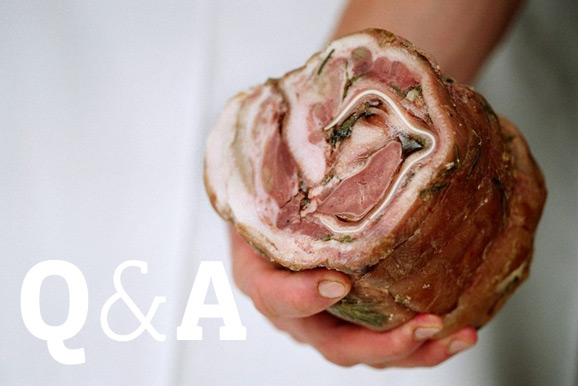
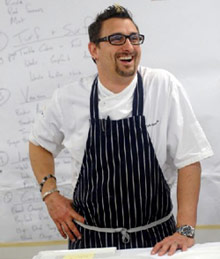 At San Francisco’s
At San Francisco’s 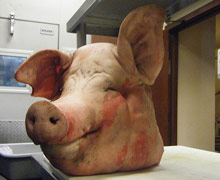 CC: People don’t know that things that started out simply as byproducts of food preparation became cooking techniques themselves. Byproducts created braising, created pates, they created things like charcuterie and blood sausage. Look at Europe or Asia; the United States is the only place that doesn’t traditionally eat these things, we are the exception to the norm. Take beef tongue. Beef tongue is huge in Japan; it’s like ten dollars a pound for grass-fed beef tongue. Here in the U.S. it’s four dollars a pound. So do we eat it? No, we export this excellent grass-fed product and we make a lot of money. But who is winning? We win on money and they win on flavor.
CC: People don’t know that things that started out simply as byproducts of food preparation became cooking techniques themselves. Byproducts created braising, created pates, they created things like charcuterie and blood sausage. Look at Europe or Asia; the United States is the only place that doesn’t traditionally eat these things, we are the exception to the norm. Take beef tongue. Beef tongue is huge in Japan; it’s like ten dollars a pound for grass-fed beef tongue. Here in the U.S. it’s four dollars a pound. So do we eat it? No, we export this excellent grass-fed product and we make a lot of money. But who is winning? We win on money and they win on flavor.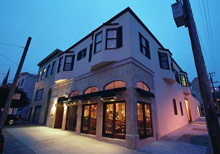 CC: If you buy a radish you eat the greens and the radish. You learn to use the entire thing. We have a tendency to just throw things away. If you’re willing to sacrifice an animal for food than you should be willing to eat the whole thing. If you’ve got bruised strawberries, make fucking jam. It’s not hard, just pay attention, and use all of your resources. Ultimately, what we need to worry about is getting people enough good food to eat. I’ve told kids I’m a chef and had them ask me “McDonald’s, Burger King, or KFC?” That’s fucked up.
CC: If you buy a radish you eat the greens and the radish. You learn to use the entire thing. We have a tendency to just throw things away. If you’re willing to sacrifice an animal for food than you should be willing to eat the whole thing. If you’ve got bruised strawberries, make fucking jam. It’s not hard, just pay attention, and use all of your resources. Ultimately, what we need to worry about is getting people enough good food to eat. I’ve told kids I’m a chef and had them ask me “McDonald’s, Burger King, or KFC?” That’s fucked up.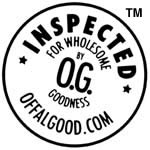
 Become a Fan
Become a Fan